Projects
Supporting innovative, cutting edge ideas, the Research Innovation Fund (RIF) provides seed grants for cross-college collaborative projects.
How do I apply?
Project Description
Media
Filters
- Project Types
- All
- Animal Health
- Aquaculture
- Automation and Robotics
- communities
- Communities/Farmers/Relations
- Computational Modeling
- Controlled Environment Agriculture
- Crop Production
- Dairy/Livestock Production
- Data Integration and Processing
- Farmers
- Farmers, Communities, Relationships
- Food Safety
- International Agriculture
- Iot and Networks
- Machine learning
- Machine Learning
- Plant Breeding
- relations
- Sensing Technology
- Soil
- Trustworthy AI
- Years
- Project Creators
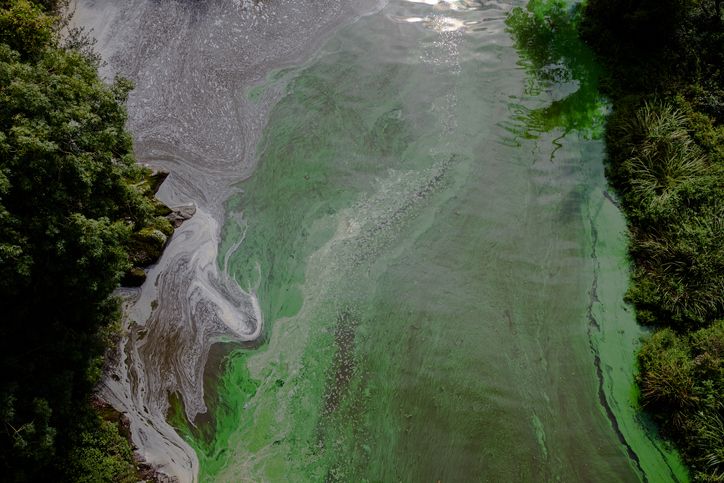
Using Real-Time Control and Internet of Things Capabilities to Improve On-Farm Denitrifying Bioreactor Performance
Agricultural systems need to increase food production to feed a growing population while mitigating the negative impacts of nitrogen fertilizers on water and climate. Nitrogen runoff from agriculture can cause groundwater to have excess nitrogen which can increase greenhouse gas emissions, damages to the ozone layer, acidification of soils and water bodies, and dead zones in coastal areas and estuaries. The goal of this project is to help develop accessible and easily implementable technology using an autonomous woodchip bioreactor and Internet of Things (IoT) to help enable farmers to limit the export of nitrogen to groundwater and surface water ecosystems through real-time data and feedback and help prevent excess nitrogen pollution.
Sofia Echavarria (UG-CALS); Matt Reid (COE); Scott Steinschneider (CALS)
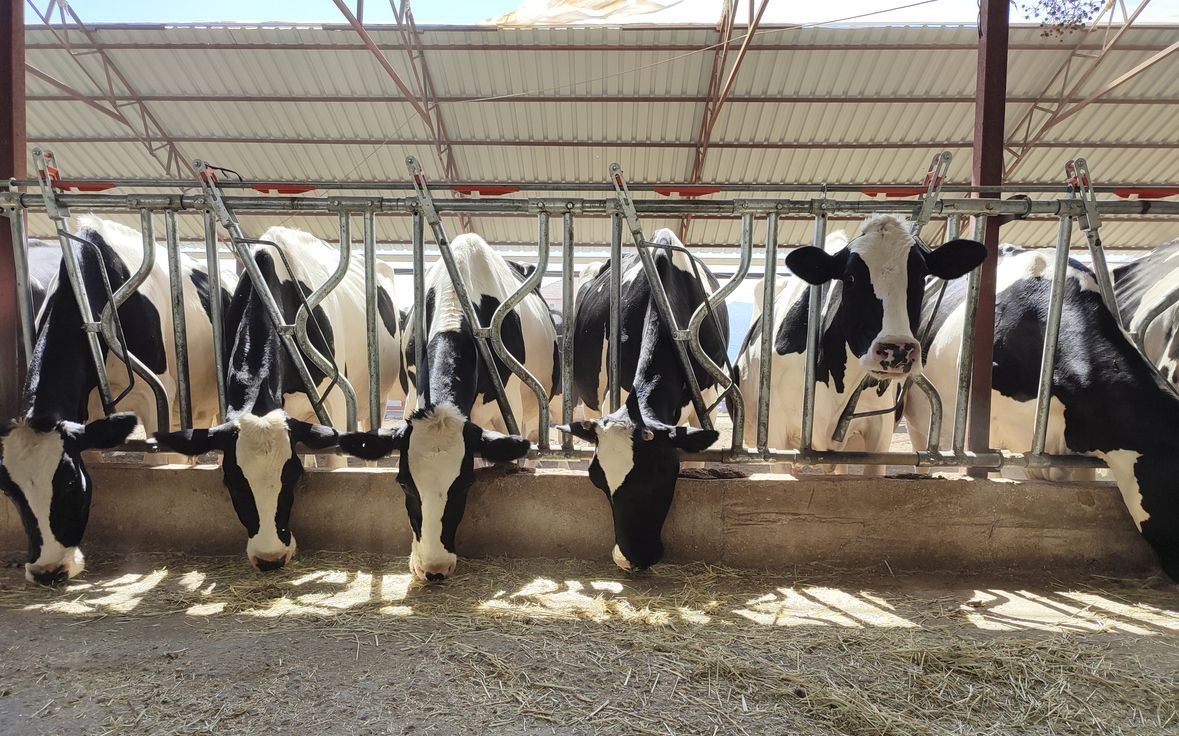
What Can Rumination Time Tell Us About the Blood Calcium Status of Early Lactation Dairy Cattle?
Subclinical hypocalcemia (SCH) affects over 40% of multiparous dairy cows in early lactation. Arising from a drop in blood calcium (Ca) after calving due to the increased demand for Ca to support lactation. Delayed or prolonged episodes of SCH are associated with decreased production and feed intake, increased risk of additional diseases, and herd removal. Previous reports have shown that daily rumination time (RT) is positively correlated with blood Ca in the early lactation period. As many farms have already implemented sensors to track RT of cows, the results of our study can be incorporated into the preexisting software as an alarm, providing a practical method of identifying cows experiencing delayed or prolonged SCH. By identifying these cows either before or as they are experiencing reductions in blood Ca, more targeted treatment and management strategies can be implemented to reduce the risk of additional disease development, thus improving cow health and productivity as well as farm profitability.
Claira Seely (CVM); Jessica McArt (CVM); Julio Giordano (CALS)

Exploring Options for Nutrient and Energy Recovery from Aqueous Phase of HTL – a Techno-Economic Analysis
Hydrothermal Liquefaction (HTL) is a strong candidate for dealing with wastes, including those from agriculture (e.g. chicken/ cattle manure, food waste, and other lignocellulosic biomass feedstocks) by separating waste into various reusable components. A hinderance for separation on a larger scale is fouling that can occur early in the HTL process. In this research we plan to explore pretreatment options as a step to nanofiltration via membrane separation and related processes. To this end we will explore the option of wet air oxidation in relation to existing technologies that employ activated carbon filtration. Wet air oxidation may allow for the capture of additional nutrients and energy during the aqueous phase (AP) enhancing the sustainability and the development of products of additional value and marketability from HTL of agricultural waste.
Kalash Pai (CALS); Jefferson Tester (COE); Xingen Li (CALS)
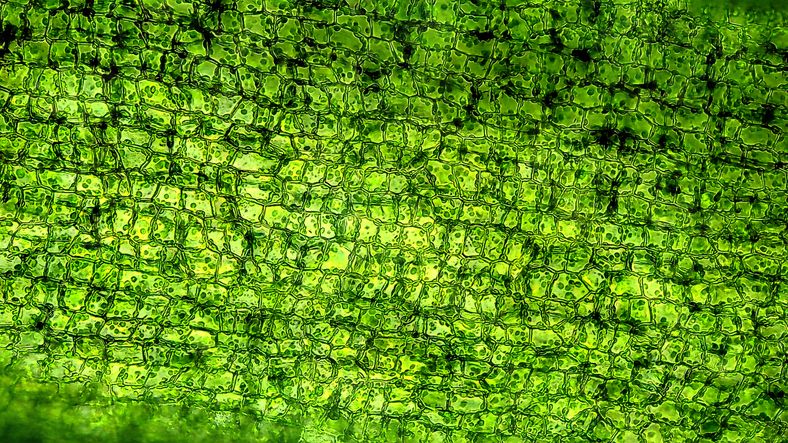
Genetically Encoded Biosensors for Plant Water Stress
Creating digital interfaces that allow plants to communicate their needs to humans and automated control systems has the potential to revolutionize agriculture. A system of sensors that can provide a dynamic readout of plant metabolic needs and state of stress is a necessary and currently missing component of this interface. Towards this end, we propose to develop genetically encoded biosensors that provide insight into plant cell stress, including stress related to water deficiency. The proposed sensors are based on a successful design that has been developed for quantifying macromolecular crowding in mammalian cells using FRET (Forster resonance energy transfer) while accounting for spectral interference from the chlorophyll. By overcoming this challenge, we hope this work will help develop sentinel “stress sensor plants” in crop fields can provide a real-time readout of water stress for precise and intelligent irrigation.
Ling-ting Huang (COE); Matt Paszek (COE); Adrienne Roeder (CALS)

Multi-sensor Crop Monitoring Platform
This project intends to build a ground-based crop monitoring platform that can analyze crop physiology and canopy characteristics by collecting data during the growing season of maize. Several sensing technologies including a line sensor, an RGB camera, and a lidar will be equipped to the platform to help collect crop physiology data at a high frequency. This platform will be deployed on a maize field of the campus farm where researchers can obtain accurate trends of the maize growth. Currently, the platform works well in a laboratory environment but faces issues in the field due to the effect of the bright sunlight on the ability of sensors to measure crop height at high throughput. The goal is to debug and improve the existing line sensing sensor so that it works on real farms with robustness. If time permits, an automated movement, and navigation system can be added to the platform. This allows the platform to travel straight along a row of maize while collecting data on its own.
Chenxi Qian (GR-COE); Louis Longchamps (CALS); Joseph Skovira (COE)

Engineering Real Weather Wind Tunnel for Experimental Agriculture at Field Scale
Corn earworm (CEW) is an annual pest of NY sweet corn crop. NY is one of the largest producers of sweet corn with a production value of $37 million. Monitoring is the best defense against CEW, helping growers determine the insecticide application timing. Current monitoring practice relies on trapping using a pheromone lure. However, the connection between trap catches and in-field counts is imperfect. To make the correlation stronger, we need a better understanding of how pheromone spreads in the cornfield under realistic environmental conditions and how CEW responds to the pheromone. This summer we will specifically focus on understanding how wind condition changes the pheromone distribution by building a wind tunnel array and measuring the pheromone’s spread. This will provide a valuable pesticide usage guideline for growers, allowing for well-timed use of pesticides informed by improved CEW monitoring, which can reduce yield loss and limit the unnecessary application of pesticides, thereby benefiting both the growers and our environment.
Jena Shields (GR-COE); Chris Roe (COE); Jennifer Thaler (CALS)
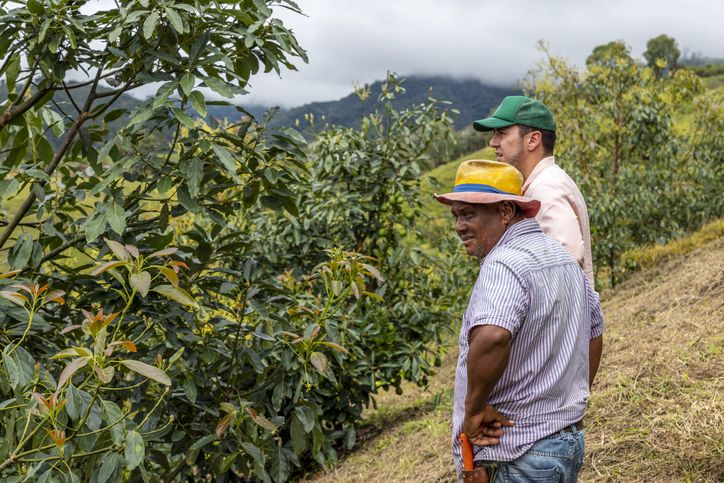
Emerging Digital Phenotyping Technologies in Colombia and Prospects for Social Impact
The goal for this project is to conduct interdisciplinary research to learn about the values that inform digital phenotyping technology development and the actors that are likely to benefit through examining a case study of plant breeders at the Alliance of Bioversity International and the International Center for Tropical Agriculture (CIAT) in Colombia. The Alliance is part of the Consultative Group for International Agricultural Research (CGIAR) and continues to play an important role in promoting Green Revolution technologies across the Global South. Digital phenotyping technologies are increasingly used to generate specific information on crops to aid plant breeders in finding and developing optimal varieties. Nevertheless, research suggests that the increased adoption of high-yielding, hybrid seeds during the Green Revolution concurred with the standardization of farms and the promotion of industrial monocultures.
Lara Roeven (GR-CALS); Steven Wolf (CALS); Phoebe Sengers (CIS/CAS)

A Social Network for Dairy Cattle
The analysis of animals’ behavior is an essential part for understanding their state of health, in many senses. A body condition score (BCS) can be used as a part of such analysis: such a score is based on estimates of fat on the animals’ upper hind quarters, coat condition, visibility of bone structure, and other indicators. When coupled with other metrics, such as biometric data, milk quantity and quality data, etc, we arrive at a data set that can be used as an input for predicting reproductive performance and productivity, and even effectiveness of nutrition, heat stress, and other health factors. Images / video footage of dairy cattle can serve as input in the task of classifying the health situation of that individual. More specifically, by extracting features from pixels, a deep learning model can learn the underlying correlation between the input pictures and the overall BCS of those cattle. These results would then be utilized for constructing a network of social networks of cattle. This social network can visualize all important indicators for the health of the individual cattle and the herd and become a powerful tool for the animal experts and digital farms.
Tiancheng Yuan (GR-COE); Ken Birman (CIS); Julio Giordano (CALS)
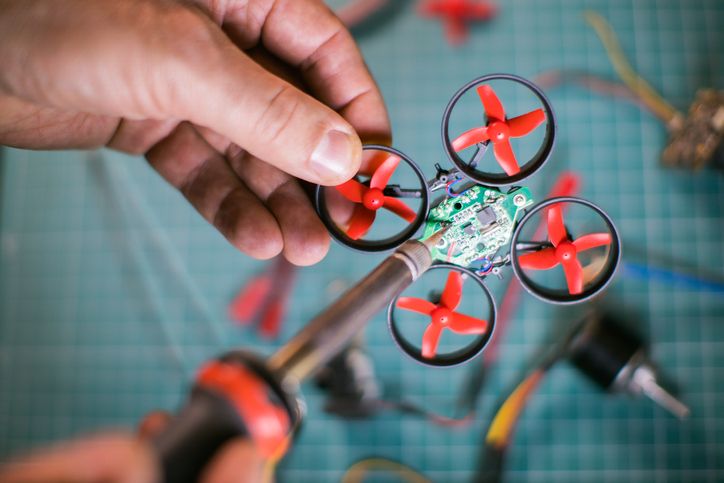
Berry Construction
Tackling high throughput plant phenotyping, the Berry Construction project aims to bridge the quality advantages of structured laboratory 3D reconstruction and the scalability of outdoor, small-scene reconstruction with a scalable, low-cost 3D scanner. While fluoroscopy analysis from 2D images has garnered much success in plant phenotyping, such analysis in 3D is largely unexplored. In 3D reconstruction, plants pose as challenging subjects from which extracting high quality geometries and textures is difficult. Using an ensemble of cheap cameras like Pi v2 cameras to synchronously capture images, we aim to overcome reconstruction artifacts like phantom limbs and lighting inconsistencies commonly found in-field methods. In the long run, we plan to deploy a fully active perception phenotyping system through a swarm of microdrones which we hope will substantially reduce the total pesticide residuals which can have negative effects on the environment and biodiversity
Jonathan Moon (GR-CALS); Yu Jiang (CALS); Tapo Bhattacharjee (CIS)
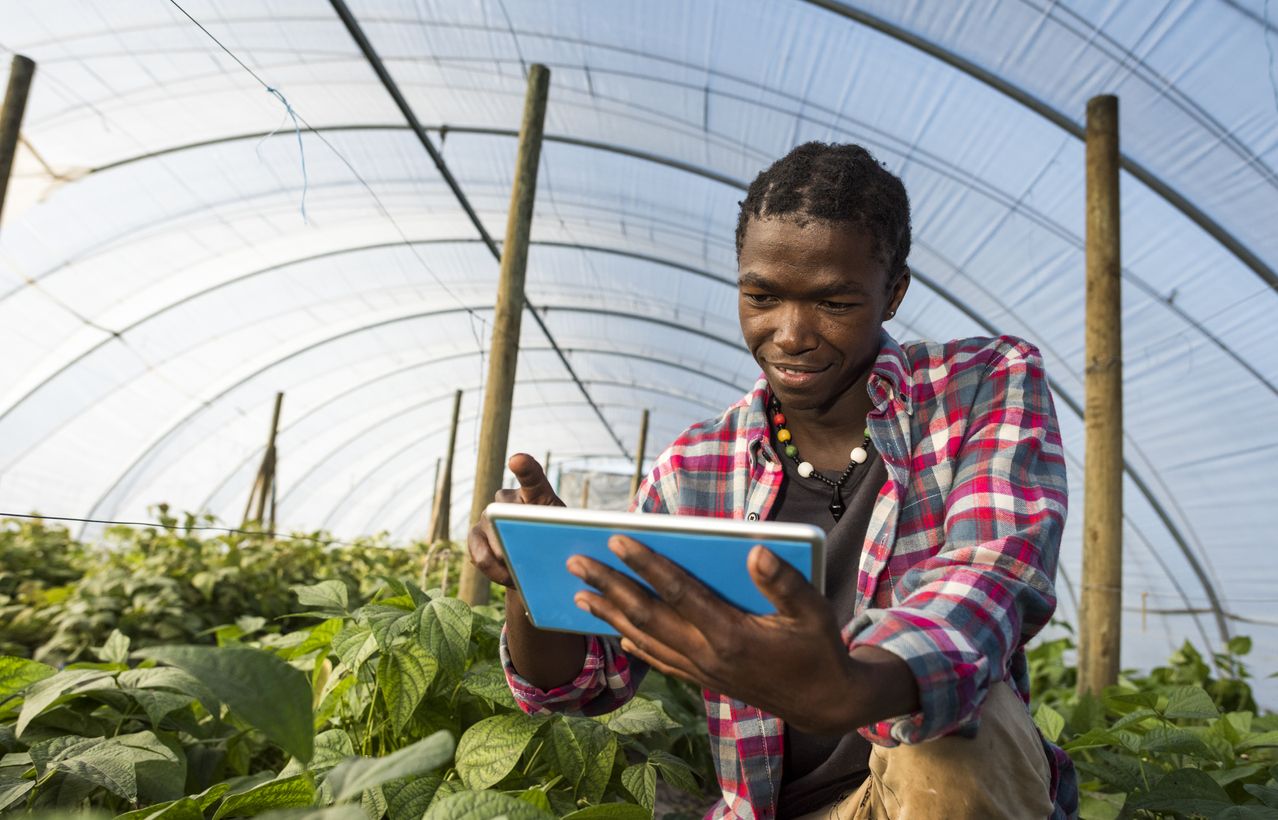
The impact of COVID-19 on digital agriculture SMEs in Kenya
The COVID-19 pandemic has been a test of the fragility of the global food and agricultural systems. Particularly, the pandemic heavily weighed down the agri-food systems in developing countries. Nonetheless, the outcomes of the pandemic are creating robust opportunities geared towards the sustainability and resilience of the global agri-food systems. In the agri-food value chain this surge in demand has accelerated the growth of digital agriculture SMEs. The foundation of this research project is built on exploring how the COVID-19 pandemic has impacted digital agriculture SMEs in agribusiness value chains of frontier markets through measuring things like disparities (e.g., gender differences) in subscriptions, the impact of COVID-19 on sales and turnover of SMEs, and the socio-economic and political environment.
Jeff Kangacha (UG-CALS), Primary Advisor: Ed Mabaya (CALS), Secondary Advisor: Jaron Porciello (CALS)
Become a Fellow
Stay up to Date
If you have a disability and are having trouble accessing information on this website or need materials in an alternate format, contact [email protected] for assistance.
CIDA Copyright 2023 | CIDA is an equal opportunity employer | Terms of Use | Privacy Policy